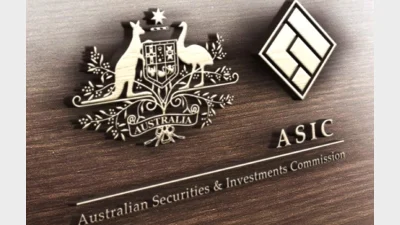ASIC queried on SCT funding



Serious questions have been raised about the level of funding provided to the Superannuation Complaints Tribunal (SCT) with a key industry body claiming the tribunal has been hampered by under-resourcing.
In a submission to the Treasury on the proposed industry funding model for the Australian Securities and Investments Commission (ASIC), the Association of Superannuation Funds of Australia has stated, "the level of funding provided to the SCT on an ongoing basis has not been adequate to ensure that it can deal effectively with the volume of complaints received within an appropriate timeframe".
The submission said this shortfall in ongoing funding had had the tendency to cause a ‘backlog' of unresolved complaints, which must then be addressed via additional funding allocations as part of the Budget process (most recently in the 2016‐17 Commonwealth Budget).
The ASFA submission said that notwithstanding the current review of external dispute resolution (EDR) arrangements covering the financial services industry (the Ramsay Review), "the industry's concerns regarding deficiencies in the transparency and accountability of the SCT's funding" needed to be addressed.
It said that, in particular, it was not clear how much of the financial services levy was being directed to the SCT by ASIC.
"... it is not clear how much of the FISL is currently collected on behalf of ASIC for disbursement to cover costs of operating the SCT, nor how much ASIC disburses for that purpose (this data is not disclosed in the most recent Industry Levies Proposal or the most recent Cost Recovery Implementation Statement)," the submission said.
Recommended for you
The regulator has fined two super funds for misleading sustainability and investment claims, citing ongoing efforts to curb greenwashing across the sector.
Super funds have extended their winning streak, with balanced options rising 1.3 per cent in October amid broad market optimism.
Introducing a cooling off period in the process of switching super funds or moving money out of the sector could mitigate the potential loss to fraudulent behaviour, the outgoing ASIC Chair said.
Widespread member disengagement is having a detrimental impact on retirement confidence, AMP research has found.









